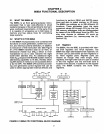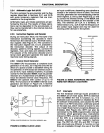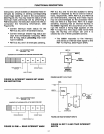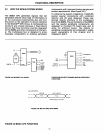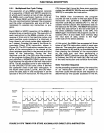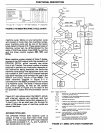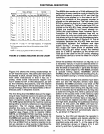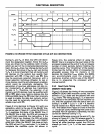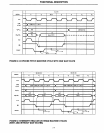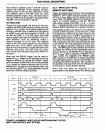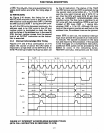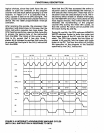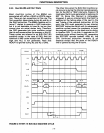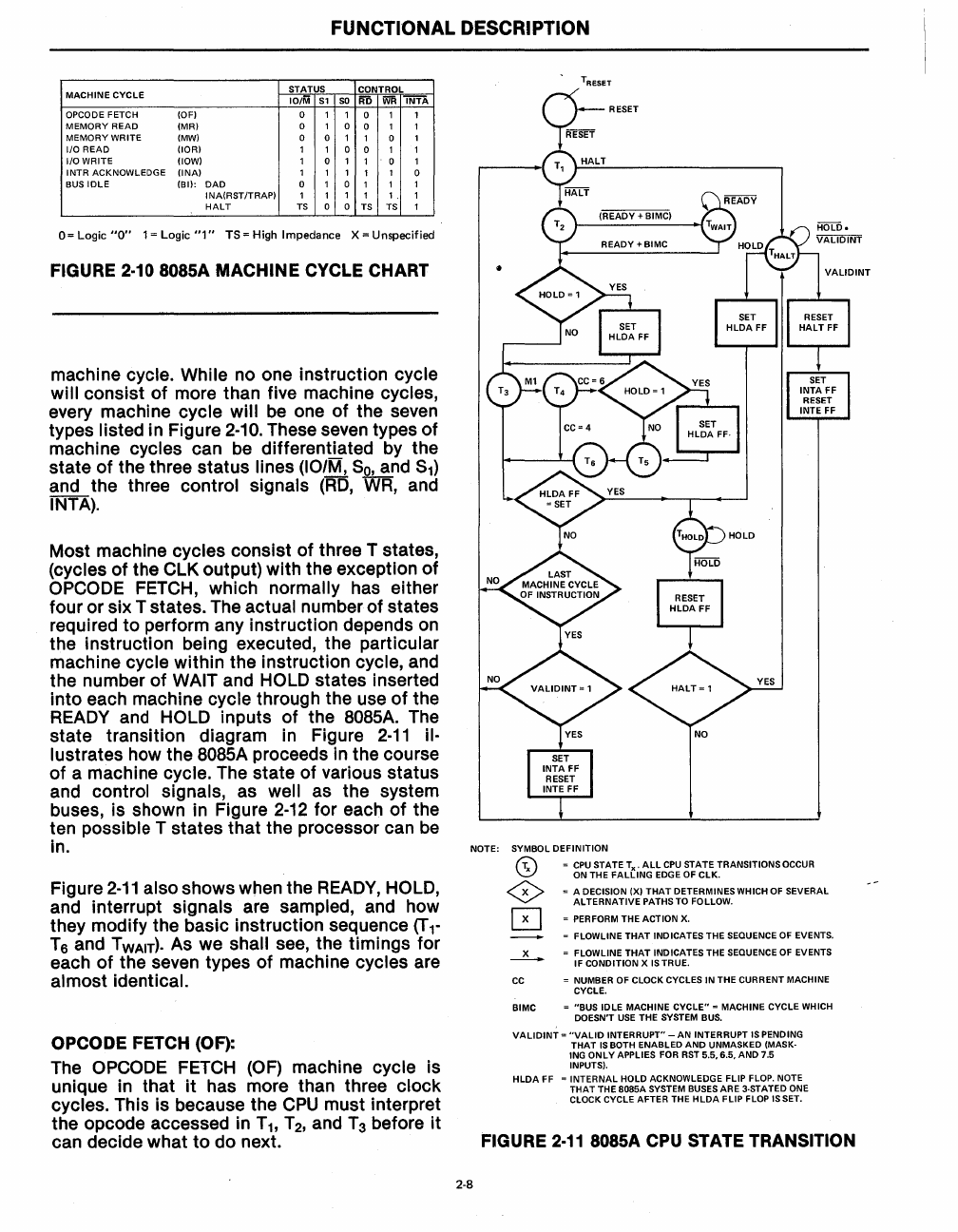
FUNCTIONAL DESCRIPTION
MACHINE
CYCLE
STATUS
CONTROL
101M
S1
so
RD
WR
INTA
OPCODE FETCH
(OF)
0
1
1
0
1 1
MEMORY READ
(MR)
0 1 0
0
1 1
MEMORY WRITE
(MW)
0 0 1
1
0
1
1/0
READ
(lOR)
1 1 0
0
1 1
110
WRITE
(lOW)
1 0 1
1
0 1
INTR ACKNOWLEDGE
(INA)
1 1 1
1
1
0
BUS
IDLE
(81l:
DAD
0 1 0 1 1 1
INA(RST/TRAP) 1 1
1
1
1.
1
HALT
TS
0 0
TS TS
1
O=Logic"O"
1=Logic"1"
TS=High
Impedance
X=Unspecified
FIGURE 2·10 808SA
MACHINE
CYCLE CHART
machine
cycle. While no one instruction cycle
will
consist of more than five machine cycles,
every machine cycle will be one of the seven
types
listed
in
Figure
2-10.
These seven types of
machine
cycles can be differentiated
by
the
state of the three status
lines
(101M,
5.9.L!.nd
51)
and the three control signals (RD, WR, and
INTA).
Most machine cycles consist of three T states,
(cycles of the
ClK
output) with the exception of
OPCODE FETCH, which normally has either
four or six T states. The
actual number of states
required to perform any instruction depends
on
the instruction being executed, the particular
machine
cycle within the instruction cycle, and
the number of
WAIT and HOLD states inserted
into each machine
cycle through the use of the
READY and
HOLD inputs of the
BOB5A.
The
state transition diagram
in
Figure
2-11
il-
lustrates
how the
BOB5A
proceeds
in
the course
of a machine
cycle. The state of various status
and
control signals, as well as the system
buses,
is
shown
in
Figure
2-12
for each of the
ten
possible T states that the processor can be
in.
Figure
2-11
also shows when the READY, HOLD,
and interrupt signals are sampled, and how
they modify the basic instruction sequence
(T
1-
T 6 and T WAIT). As we shall see, the timings for
each of the seven types of machine
cycles are
almost identical.
OPCODE
FETCH (OF):
The OPCODE FETCH (OF) machine cycle
is
unique
in
that it has more than three clock
cycles.
This is because the CPU must interpret
the opcode accessed
in
Th
T
2
,
and
T3
before it
can decide what to do next.
NOTE: SYMBOL
DEFINITION
2-8
fT,;\
=
CPU
STATE
Tx'
ALL
CPU
STATE TRANSITIONS OCCUR
~
ON THE
FALLING
EDGE
OF CLK.
~
= A DECISION (X)
THAT
DETERMINES WHICH
OF
SEVERAL
~
ALTERNATIVE
PATHS TO FOLLOW.
o = PERFORM THE ACTION
X.
CC
= FLOWLINE
THAT
INDICATES THE SEQUENCE OF EVENTS.
= FLOWLINE
THAT
INDICATES THE SEQUENCE OF EVENTS
IF CONDITION
X
IS
TRUE.
= NUMBER
OF
CLOCK CYCLES
IN
THE CURRENT MACHINE
CYCLE.
BIMC = "BUS IDLE MACHINE
CYCLE"
= MACHINE CYCLE WHICH
DOESN'T
USE
THE SYSTEM BUS.
VALIDINT
=
"VALID
INTERRUPT" -
AN
INTERRUPT
IS
PENDING
THAT
IS
BOTH ENABLED
AND
UNMASKED (MASK·
ING
ONLY
APPLIES FOR RST 5.5, 6.5,
AND
7.5
INPUTS).
HLDA
FF =
INTERNAL
HOLD ACKNOWLEDGE FLIP FLOP. NOTE
THAT
THE
BOB5A
SYSTEM BUSES ARE 3·STATED ONE
CLOCK
CYCLE AFTER THE
HLDA
FLIP FLOP ISSET.
FIGURE
2·11
808SA CPU STATE TRANSITION




